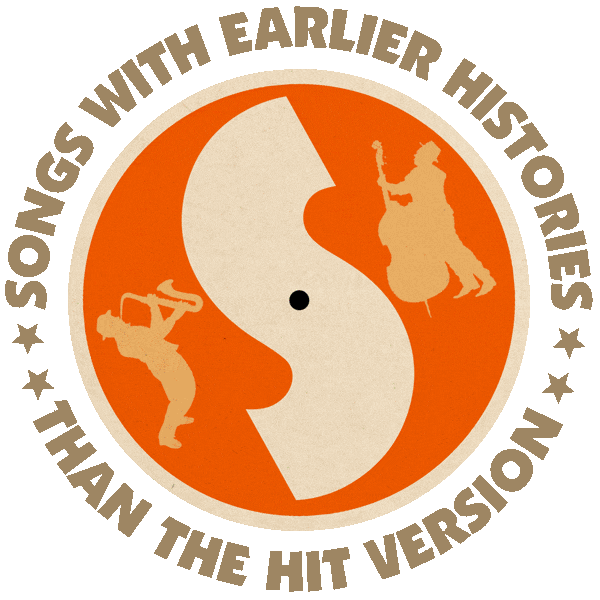Co-written and first recorded (as “C’est en septembre”) by Gilbert Becaud (1978).
Hit version by Neil Diamond (US #17/MOR #2/CAN #15/AUS #23/NZ #19 1979).
From the wiki: “‘September Morn’ was adapted from ‘C’est en septembre’ (‘In September’) co-written by Gilbert Becaud (‘Let It Be Me‘) and Neil Diamond (‘Red Red Wine‘, ‘I’m a Believer‘), with original French lyrics by Maurice Vidalin. It was first recorded by Becaud in late 1978 for release in France in January, 1979. Diamond would release ‘September Morn’ as his lead promotional single for the album September Morn in late 1979.
“Becaud began collaborating with Neil Diamond in the 1970s, together writing ‘Love on the Rocks’, ‘Mama Don’t Know’, and Becaud was among Diamond’s collaborators for the soundtrack music to The Jazz Singer. Becaud was a popular French singer-songwriter whose dynamic stage act and charismatic crooning earned him the soubriquet ‘Monsieur 100,000 volts’; he also wrote more than 400 songs, the best-known of which, ‘Et Maintenant’ (1962), (translated as ‘What Now My Love‘) was recorded by numerous singers, including Frank Sinatra, Barbra Streisand and Shirley Bassey.”

